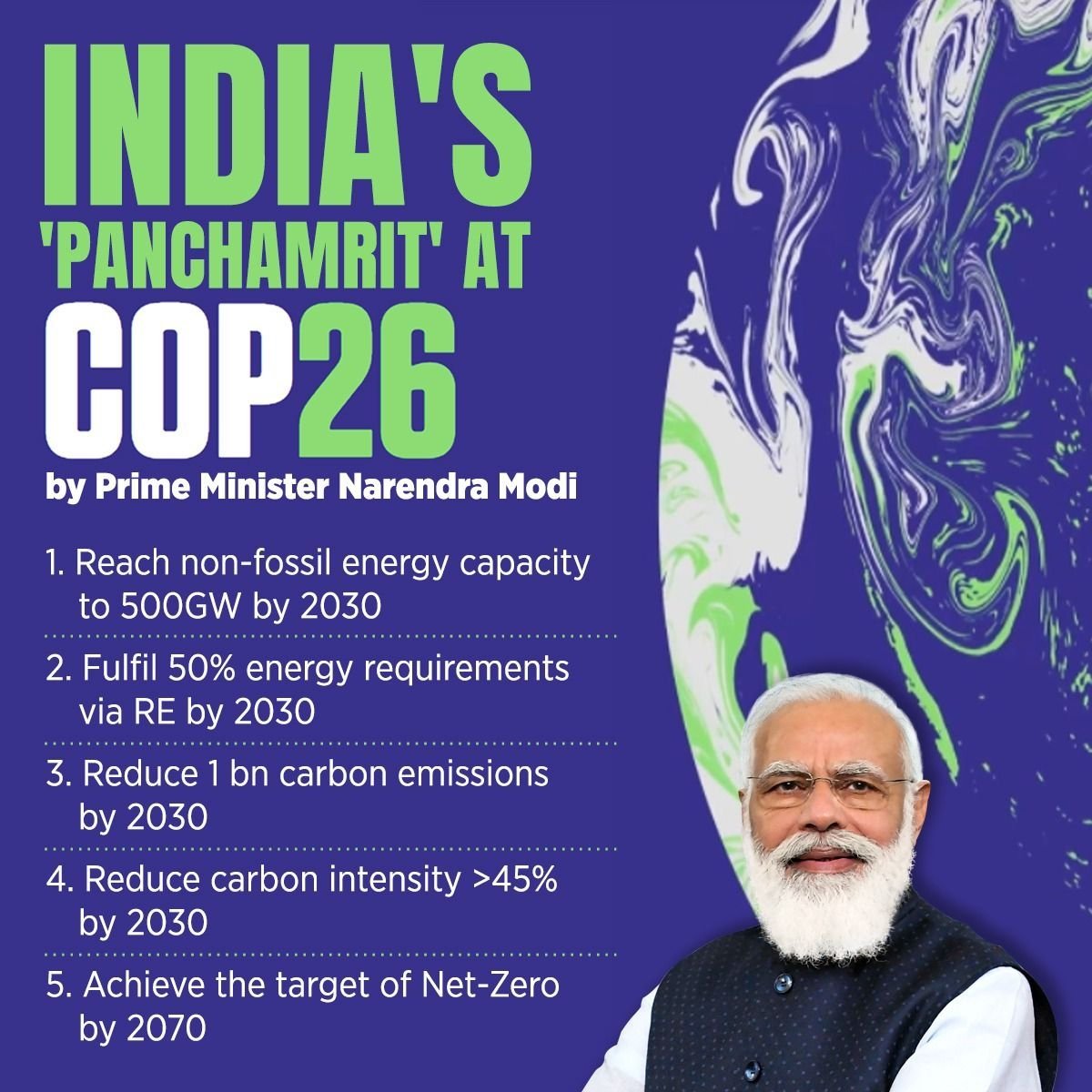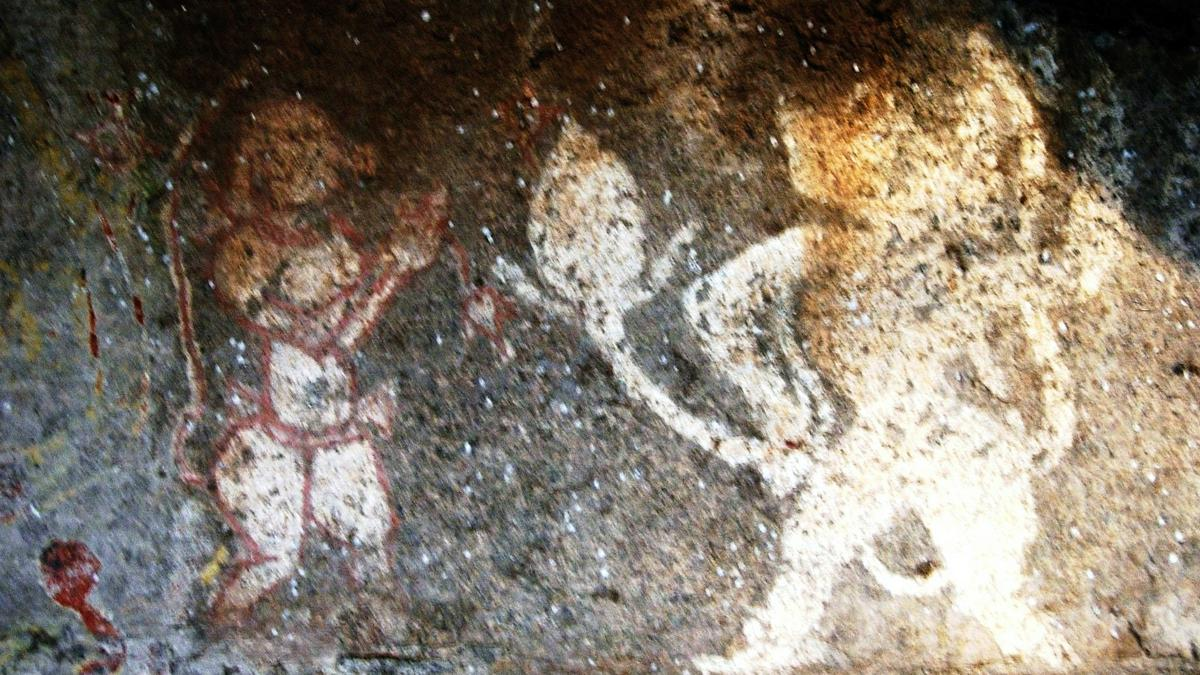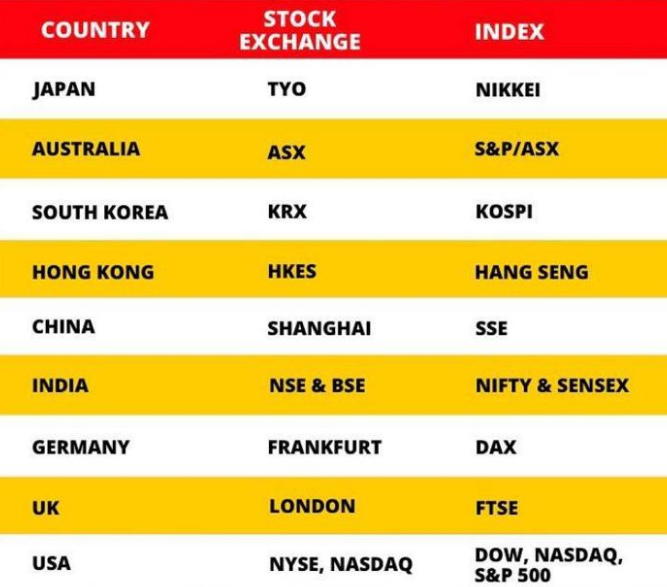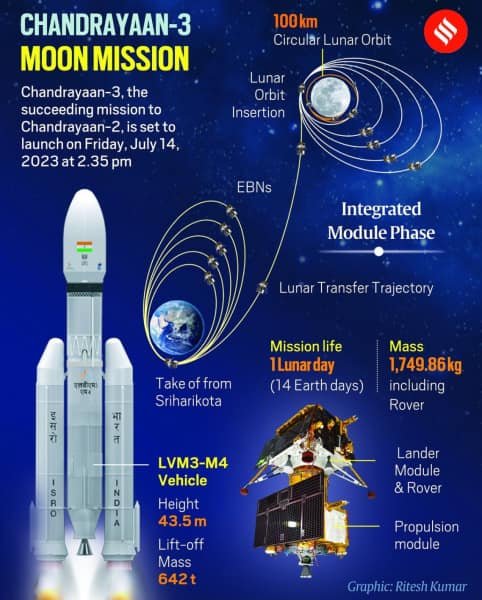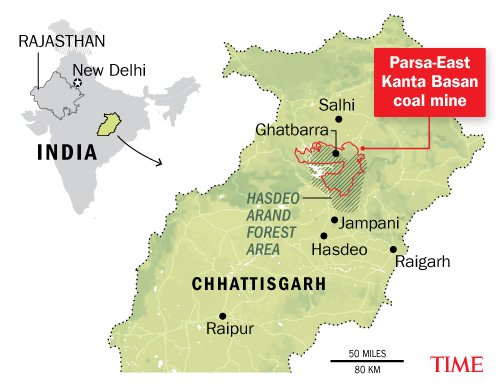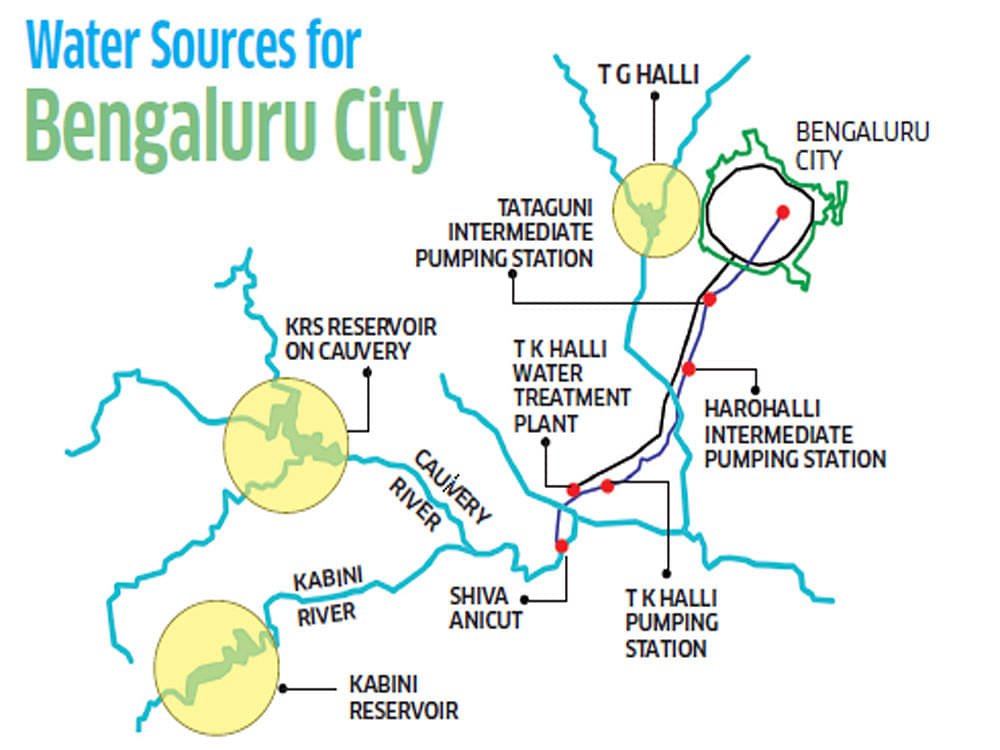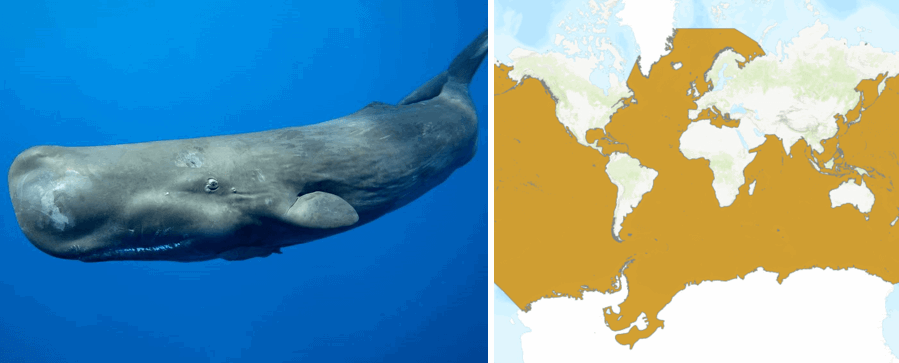
Current Affairs September 24-25, 2023: Aadhaar, Nipah Virus and Kerala, Nagorno-Karabakh Dispute, Five Eyes Alliance, Mediation Bill 2023, NeSDA, Swachh Bharat Mission – Grameen, G-bonds, Government Bond Index-Emerging Markets, INS Vikramaditya, STOBAR & CATOBAR, Galactic Tides, Fort Aguada
Subscribers of "Current Affairs" course can Download Daily Current Affairs in PDF/DOC
Subscribe to Never Miss an Important Update! Assured Discounts on New Products!
Must Join PMF IAS Telegram Channel & PMF IAS History Telegram Channel
GS2 – E-Governance – 2023/09/25} Aadhaar
- Context (TH I BS): Global rating agency, Moody raised concerns about the security and privacy vulnerabilities in centralised identification systems, i.e. Aadhaar programme.
Aadhaar and Aadhaar Act 2016
- Aadhaar is a unique 12-digit identification number assigned by the Unique Identification Authority of India (UIDAI) to every resident of India.
- It acts as a proof of identity linked to the individual’s biometric and demographic data.
- Initiated in 2009, Aadhaar aims to provide a unique and verifiable identity to every Indian resident.
- It is now compulsory for several government services and is also utilized by private companies.
- As of April 2022, over 133 Crore Aadhaars have been issued, covering 99.9% of adults in India.
Key Provisions of the Aadhaar Act 2016
- Eligibility: Every resident can obtain an Aadhaar number by submitting their demographic and biometric information.
- Establishment of UIDAI: The Act constituted the UIDAI as a statutory authority under the Ministry of Electronics and Information Technology to issue “Aadhaar”, to all residents of India.
- Uniqueness: The Aadhaar number assigned to an individual is unique and cannot be reassigned to another person.
- Security and Privacy: UIDAI is tasked with ensuring the security and privacy of the information it holds by implementing necessary protective measures.
- Restricted Sharing: The sharing of Aadhaar numbers and related information is restricted and cannot be disclosed except for specific reasons outlined in regulations.
- Penalties: Unauthorized access to the Aadhaar database can result in a penalty of imprisonment for up to 3 years and a minimum fine of Rs. 10 lakhs, including revealing any information stored.
- Court Cognizance: A court can only take cognisance of any offence related to the Aadhaar Act after a complaint has been filed by the UID authority or an authorized person.
Supreme Court on Aadhaar’s Constitutional Validity
- In 2018, the SC upheld the constitutional validity of the Aadhaar Act 2016.
- SC said Aadhaar design and regulations do not lead to a surveillance state & meet privacy criteria.
- It affirmed the classification of the Aadhaar Act as a Money Bill and its use for government services by applying the doctrine of proportionality.
- The requirement to link Aadhaar with PAN and include it in income-tax returns was also upheld.
- Parental or guardian consent was ruled necessary for registering children under the Aadhaar Act.
|
Security Measures for Aadhaar Data
- Virtual Aadhaar (VID): A temporary 16-digit random number replaces the Aadhaar number for added privacy and security during authentication.
- Masked Aadhaar: Protects your Aadhaar number by replacing the first 8 digits with ‘xxxx-xxxx’ in e-Aadhaar.
- OTP-based Authentication: Uses OTP sent to registered mobile for identity verification.
- Tokenization of Aadhaar: Replaces Aadhaar numbers with unique tokens during authentication to enhance security.”
Applications of aadhaar
- Identity Verification: Aadhaar serves as proof of identity and address. It is accepted as a valid ID for various purposes, such as opening a bank account, getting a new SIM card, etc.
- Income Tax: Aadhaar is mandatory for filing income tax returns (ITR) and for applying for a Permanent Account Number (PAN).
- Banking: The Aadhaar Enabled Payment System (AEPS) allows people to carry out financial transactions provided by a banking correspondent using their Aadhaar number and fingerprint.
- Welfare schemes: Aadhaar is utilized for the direct benefit transfer (DBT) of government subsidies, benefits under the PDS, and various healthcare schemes like Pradhan Mantri Jan Arogya Yojana.
Issues and Concerns Associated with the Aadhaar System
- Questionable Biometric Dependability: There are concerns about the dependability of biometric technologies, particularly for manual workers in hot and humid climates, a condition that is quite common in India resulting in issues of service denials.
- Security and Privacy Risks: Aadhaar, being a centralized identification system, encounters challenges such as the need for establishing authorization and doubts over the reliability of biometric data.
- Issues with Biometric Data Collection: The process of collecting biometric data for Aadhaar has raised concerns about the potential for misuse or mishandling of this sensitive information.
- Lack of Legal Framework: There are concerns about the lack of a comprehensive legal framework to deal with issues related to privacy and data security in the Aadhaar system.
- Exclusion Concerns: There are worries that people who are unable to enrol or update their Aadhaar details due to various reasons could be excluded from essential services.
{GS2 – Health – Diseases – 2023/09/25} Nipah Virus and Kerala
- Context (TH | TH | IE | IE | HT | MC): Three of the four Nipah outbreaks in Kerala in 2018, 2021, and 2023 have been in Kozhikode district; the 2019 outbreak was in Ernakulam district.
Nipah Virus (NiV) Infection
- Nipah infection is caused by the Nipah virus, an RNA virus that is closely related to the Hendra virus.
- Nipah infection is a zoonotic disease (transmitted from animals to humans).
- Host of the Virus: Fruit bat (Pteropus species), commonly known as flying fox.
- Transmission:
- Direct contact with infected animals (esp. pigs)
- Contaminated food
- Close contact with an infected person
- Symptoms: Acute respiratory illness, seizures, and encephalitis (swelling of the brain).
- Incubation period (interval from infection to the onset of symptoms): 4 to 14 days.
- Fatality Rate: It is estimated to be between 40% and 75%.
- Treatment: No vaccine and treatment are available at present.
Why Nipah Virus Outbreaks are Occurring Only in Kerala?
- The four outbreaks NiV in five years have occurred in Kerala may be because:
- Nipah virus has become endemic in bats in Kerala
- Kerala’s superior healthcare system thoroughly investigates undiagnosed fever cases for NiV (NiV positive fruit bats are found in other States also, but it is likely that NiV infection and deaths may be going undetected in those States due to poor disease surveillance)
- NiV outbreaks are seen in human habitations close to the forest or within the forests because it increases human exposure to infected bats and other host animals.
Route of Transmission of NiV from Bats to Humans
Other Indian States/UTs Where NiV Antibodies are Found Apart from Kerala
NiV Outbreak in India Apart from Kerala
|

How Kerala’s Fight Against the NiV has Evolved Over the Years?
- During the first NiV outbreak in Kerala, the state was not prepared to handle the infection.
- But over the years the Kerala’s fight against NiV has evolved and the factors that made it possible are:
- Strong medical infrastructure: This includes robust disease surveillance, contract tracing, setting up of isolation centres etc.
- Public awareness: The people in Kerala are aware about the disease. They know the protocols and precautions to follow during an outbreak like social distancing. Because of these aware people government is also there is pressure on government to take proper measures.
- Dedicated healthcare professionals: They are all trained regarding the infection. They follow the protocols seriously, due to which number of infections are controlled now in small numbers.
- Government Protocol: in 2019, Kerala’s health department issued a short NiV infection control guideline. The protocol was again updated in 2021, making it more comprehensive in all aspects, including the treatment algorithm.
{GS2 – IR – Conflicts – 2023/09/25} Nagorno-Karabakh Dispute
- Context (TH | TG | BBC | TH | TH | IE | IE): Ethnic Armenian refugees began to leave Nagorno-Karabakh after a halt in Azerbaijan’s military operation to seize control of the breakaway territory.
Nagorno-Karabakh Region
- Nagorno-Karabakh (or Artsakh), is a landlocked area in the South Caucasus of Eurasia.
- The territory is internationally recognised as part of oil-rich Azerbaijan.
- But its inhabitants are predominantly ethnic Armenians and have their own government, which had close links to Armenia. It has not been officially recognised by the UN.

History of Nagorno-Karabakh Region
- The region has come under the sway of Persians, Turks, Russians, Ottomans, and Soviets.
- After the Russian Revolution of 1917, Armenia (whose inhabitants are Christians) and Azerbaijan (whose inhabitants are mostly Muslim) claimed the region.
- Both claim a long historical dominance in the area.
First Karabakh War (1988-1994)
- As the Soviet Union crumbled, the First Karabakh War erupted between Armenians and their Azeri (or Azerbaijani) neighbours.
- Azerbaijan lost a chunk of its territory. And Armenians left in control of most of Karabakh, alongside extra territory around Karabakh’s perimeter.
- Even after the 1994 peace deal, the region has been marked by regular exchanges of fire.
- Organization for Security and Co-operation in Europe (OSCE) Minsk Group, chaired by France, Russia, and the US, has tried to get the two countries to reach a peace agreement for several years.
Second Karabakh War (2020)
- Azerbaijan (backed by Turkey) began a military operation and won a resounding victory in the 44-day war, taking back parts of Karabakh.
- Russia, a treaty ally of Armenia which also has good relations with Azerbaijan, negotiated a ceasefire.
- Under the deal, Azerbaijan was handed all the territories surrounding Karabakh.
- That left ethnic Armenians in Karabakh with a much smaller territory.
- Armenia cast the war’s outcome as a disaster and unrest broke out.
Strategic Significance of Nagorno-Karabakh Region
- The energy-rich Azerbaijan has built several gas and oil pipelines across the Caucasus (the region between the Black Sea and the Caspian Sea) to Turkey and Europe.
- This includes the Baku-Tblisi-Ceyhan, the Western Route Export, the Trans-Anatolian, and the South Caucasus gas pipelines.
- Some of these pipelines pass close to the conflict zone.
Lachin Corridor Issue

- Lachin corridor is the only road left linking the Nagorno-Karabakh Region with Armenia.
- The ceasefire deal after Second Karabakh war provided for Russian peacekeepers to deploy to Karabakh to guard the Lachin corridor and construction of a new route along the corridor.
- Fighting continued to break out after the ceasefire, and in 2022, Azeri civilians began a blockade of the Lachin corridor, closing Karabakh to all but Russian peacekeepers and Red Cross convoys.
- Azeri troops set up a new checkpoint near the Armenian border at the Lachin corridor.
- Armenia has said it is an explicit violation of the ceasefire deal of 2020.
- The United States has called for free and open movement along the corridor.
- The crisis on the Lachin corridor has now strained ties between Russia and Armenia.
The Recent Military Operation
- Azerbaijan has launched a military operation against the breakaway Nagorno-Karabakh region.
- This move came as Russia, the traditional negotiator, was bogged down in a conflict in Ukraine.
- The operation is now halted as Azerbaijan forces and Armenian separatist forces agreed to talks on the “reintegration” of the region into Azerbaijan.
- Ethnic Armenians are now leaving the Nagorno-Karabakh region after the surrender of Armenian separatist forces. They have accused Azerbaijan of causing a humanitarian crisis since 2022 when the blockade of Lachin corridor was imposed.
- Armenia’s PM blamed its long-standing ally Russia for the defeat. He said the Russian-led Collective Security Treaty Organisation (CSTO) and Moscow-Yerevan military-political cooperation were “insufficient” to protect the country.
|
Azerbaijan
Armenia
Caucasus Mountains
|
{GS2 – IR – Groupings – 2023/09/25} Five Eyes Alliance
- Context (IE): Trudeau’s claim of a link between the Indian government’s “agents” and the killing of a separatist Sikh leader was based on “shared intelligence among Five Eyes partners”.
- Five Eyes Alliance is an intelligence-sharing alliance of the United States, United Kingdom, Australia, Canada, and New Zealand.
- The core purpose of the Five Eyes alliance is to share intelligence information and collaborate on matters related to national security and defence.
Origin of Five Eyes Alliance
- Its origin is traced back to the Second World War.
- After World War II, the United States and the United Kingdom formalised the UKUSA agreement.
- It was expanded twice by 1956 and formed this alliance.
- Canada joined it in 1949.
- New Zealand and Australia joined it in 1956.
|
{GS2 – MoLJ – 2023/09/25} Mediation Bill 2023
- The Mediation Bill 2023 allows persons to try to settle civil or commercial disputes through mediation before approaching any court or tribunal.
- It seeks to promote and facilitate mediation, especially institutional mediation.
Key Features
- It makes pre-litigation mediation voluntary.
- It also provides for online and community mediation.
- Ambit: It includes family disputes, community conflicts, civil disputes, and commercial disputes.
- Applicability: It applies to mediations involving:
- Domestic parties
- International mediations
- Those specified in the mediation agreement.
- Mediation process:
- The mediation must be completed within 120 days, which could be extended by 60 days.
- A party may withdraw from mediation after two mediation sessions.
- Parties can seek interim relief by approaching the appropriate court/tribunal, in “exceptional circumstances.”
- The mediation settlement agreements may be challenged within 90 days from the date of receipt of the copy.
- Disputes not fit for mediation: It includes:
- Claims against minors or persons of unsound mind
- Disputes affecting the rights of a third party which is not part of the mediation proceeding,
- Disputes involving allegations of fraud, and forgery.
- Tax disputes, and disputes under the Competition Act.
- Criminal prosecution
- Mediation Council of India (MCI): It provides for the setting up of the Mediation Council of India. Its functions include:
- Registering mediators
- Recognizing mediation service providers
- Recognizing mediation institutes.
|
Benefits
- It is a cost-effective process to solve the dispute.
- It will reduce the burden on the courts.
- It is voluntary and not confrontational.
- It offers flexibility and privacy.
Issues
- The term “exceptional circumstances” for interim relief is not defined in the Bill.
- It is mandatory for community mediation to have a panel of three mediators. This requirement is unnecessary and impinges on the flexibility that mediation brings.
- Lack of representation of practicing mediators.
- The MCI needs central government approval for essential functions which may limit its effectiveness.
- The period of 90 days given to challenge the settlement needs a relook.
- It includes commercial disputes in which one party is a government, but it excludes non-commercial disputes in which one party is a government.
{GS2 – MoPPP – 2023/09/25} NeSDA
- Context (PIB): The Sixth Edition of the ‘NeSDA – Way Forward Monthly Report’ has been released.
- National e-Governance Service Delivery Assessment (NeSDA) – Way Forward is a monthly report released by the Department of Administrative Reforms & Public Grievances (DARPG)
- It provides a detailed overview of the status of e-service delivery across States/UTs.
Key highlights of the Report
- J&K provides the maximum number of e-services.
- J&K, Kerala, and Odisha provide 100% of their services through their identified Single Unified Service Delivery Portal, i.e., e-UNNAT, e-Sevanam, and Odisha One, respectively.
- Haryana provides the maximum number of e-services in the labour and employment sector.
{GS3 – Envi – Waste Management – 2023/09/25} Swachh Bharat Mission – Grameen
- Context (PIB | NDTV): 75% villages declared Open Defecation Free Plus (ODF+) under Phase-II of Swachh Bharat Mission – Grameen.
- Top performing states/UTs which have 100% ODF Plus villages are A&N Islands, Dadra Nagar Haveli, Goa, Gujarat, HP, J&K, Karnataka, Kerala, Ladakh, Puducherry, Sikkim, TN, Telangana, and Tripura.
- Of these, A&N Islands, Dadra Nagar Haveli and Daman Diu, J&K, and Sikkim have achieved the ‘ODF Plus Model’ status.
Different ODF (Open Defecation Free) Statuses
- ODF: An area can be notified or declared as ODF if at any point of the day, not even a single person is found defecating in the open and all households and institutions have access to sanitation through individual household latrines.
- ODF+: A village is declared ODF+ if it sustains ODF status, ensures solid and liquid waste management (SWM & LWM) and is visually clean (i.e., minimal litter, minimal stagnant wastewater, no plastic waste dumps). The intermediate stages in the process of declaring a village ODF+ are:
- ODF+ Aspiring: Villages that sustain ODF Status and have arrangements for either SWM or LWM.
- ODF+ Rising: Villages that sustain ODF Status and have arrangements for both LWM and SWM.
- ODF+ Model: Villages that sustain ODF Status, have arrangements for both LWM and SWM and where IEC (Information, Education & Communication) messages are disseminated and displayed.
- ODF++: A village is declared ODF++ if it sustains ODF+ status and entire faecal sludge/septage and sewage is safely managed and treated, with no discharging and dumping of untreated faecal sludge/septage and sewage in drains, water bodies or open areas.
Swachh Bharat Mission Gramin (SBM-G)
- SBM-G was launched in 2014 by the Ministry of Jal Shakti to accelerate the efforts to achieve universal sanitation coverage and to put focus on sanitation.
- SBM-G Phase I (or ODF): Aimed to achieve an “open-defecation free” (ODF) India by 2nd October 2019, the 150th birth anniversary of Mahatma Gandhi, through the construction of toilets.
- Another important objective included the eradication of manual scavenging.
- SBM-G Phase II (or ODF+): Aims to ensure that the ODF behaviours are sustained and that solid and liquid waste management facilities are accessible.
- It is being implemented from 2020-21 to 2024-25.
- The major components of Phase-II of SBM (G) are Sustaining Open Defecation Free Status (ODF-S), Solid (Bio-degradable) Waste Management, Plastic Waste Management (PWM), Liquid Waste Management (LWM), Faecal Sludge Management (FSM), GOBARdhan, Information Education and Communication/Behavior Change Communication (IEC/BCC) and Capacity Building.
- Solid and liquid waste management under ODF+ will be monitored based on 4 indicators:
- Plastic waste management,
- Biodegradable solid waste management (including animal waste management),
- Greywater (Household Wastewater) management,
- Faecal sludge management.

Schemes that are Part of SBM-G
- GOBAR-DHAN (Galvanizing Organic Bio-Agro Resources) Scheme: It was launched by the Ministry of Jal Shakti in 2018. It aims to augment farmers’ income by converting biodegradable waste into compressed biogas (CBG).
- Individual Household Latrines (IHHL) Application: It is an initiative to give subsidy to the rural poor households for construction of toilets.
- Swachh Vidyalaya Abhiyan: It was launched by Ministry of Education with the objective to provide separate toilets for boys and girls in all government schools within one year.
{GS3 – IE – Securities – 2023/09/25} G-bonds
- Context (REUTERS): JP Morgan (US Bank) will include Indian government bonds (Rupee denominated) in its Government Bond Index-Emerging Markets (GBI-EM) from June 2024.
- The inclusion will extend over 10 months with 1% increments on its index weighting.
- India is expected to reach the maximum weighting of 10%.
What Prompted the inclusion
- The Indian government began discussing the inclusion of its securities in global indexes in 2013.
- However, its restrictions on foreign investments were a big barrier.
- In April 2020, the RBI introduced fully accessible route (FAR) securities.
- These securities were exempted from any foreign investment restrictions.
- FAR securities make G-securities eligible for inclusion in global indexes.
Benefits
- Increase the foreign flow:
- When a country’s bonds are included in a widely tracked index, it becomes more attractive to foreign investors who seek to diversify their portfolios.
- Bring down bond yields:
- As demand for India’s bonds increases due to the inclusion, it will bring down the bond yield (Bond yield is inversely proportional to bond price).
- Currency stabilisation:
- When foreign investors buy Indian bonds, they will need to convert their currency into rupees. This will increase demand for the rupee and support its value.
- Cost savings for the government:
- Reducing the bond yields will reduce the cost of borrowing for the government.
- Access to the global market will make it easier for government to finance its current account deficit.
- Boost the economic growth.
- Increase India’s access to international capital markets.
- Improve the country’s credit rating.
Caution
- Increased foreign flows will make the bond and currency markets more volatile.
- It could push the government and central bank to intervene more actively.
{GS3 – IE – Securities – 2023/09/25} Government Bond Index-Emerging Markets
- Context (IE I MINT): JPMorgan announced the inclusion of Indian government bonds in its Government Bond Index-Emerging Markets (GBI-EM) starting June 2024.
- GBI-EM is an index tracking the performance of government bonds issued by emerging market countries, specifically reflecting the returns of local-currency-denominated sovereign bonds.
- Purpose: The index acts as a benchmark for evaluating government bonds from emerging markets, aiding investors in gauging their investment appeal.
Impact of Indian Government Bonds Inclusion in GBI-EM
- Fiscal Deficit Challenge: India aims to manage a fiscal deficit of 5.9% of GDP for the fiscal year ending March 31, 2024. It will support the borrowing target of the government.
- Diversified Funding Sources: Traditionally, banks, insurance firms, and mutual funds have been the primary buyers of government debt. Inclusion will diversify it, enhancing financial stability.
- Reduced Borrowing Costs: Traders anticipate a 10-15 basis point reduction in benchmark bond yields, reaching approximately 7% in the coming months.
- Corporate Benefits: Corporate borrowers stand to gain as their borrowing costs align with government bond benchmarks, stimulating economic activity.
- Current Account Relief: Inflows resulting from index inclusion could ease India’s current account deficit pressure, positively impacting the Indian rupee.
Fully Accessible Route (FAR)
- The Fully Accessible Route (FAR) is a scheme introduced by the RBI to enable non-residents to invest in specified government bonds without being subject to any investment ceilings.
- It allowed select securities to be eligible for inclusion in global indexes.
- This scheme operates along with the two existing routes: the Medium-Term Framework (MTF) and the Voluntary Retention Route (VRR).
Medium-Term Framework (MTF)
- The MTF is a scheme by the RBI that sets up quantitative limits on investment in Government Securities according to the period for which such investment is made i.e., short-term or long-term.
- The limits for Foreign Portfolio Investor (FPI) investment in Government securities (G-secs) is 6% and State Development Loans (SDLs) are 2%, of outstanding stocks of securities.
- All investments by eligible investors in the ‘specified securities’ shall be reckoned under FAR scheme.
Voluntary Retention Route (VRR)
- The VRR is a channel introduced by the RBI to enable FPIs to invest in debt markets in India.
- All the investments made through this channel are free of the macro-prudential and other regulatory prescriptions applicable to FPI investments in debt markets.
- The FPIs are required to voluntarily commit to retaining a minimum percentage of their investments in India for a period of their choice.
{GS3 – Infra – Railways – 2023/09/25} Overview of Indian Trains
- Context (PIB I TH): The nine additional Vande Bharat trains had been flagged off, expanding the existing fleet of 25 serving various states and UTs.
- Vande Bharat Express: India’s first semi-high-speed train with a maximum speed of 160 km/h. It is indigenously designed and manufactured by the Integral Coach Factory (ICF) in Chennai.
- Rajdhani Express: India’s premier train service, connecting state capitals to the national capital, New Delhi, with a maximum speed of 130 km/h.
- Shatabdi Express: A Day train service that connects major cities.
- Duronto Express: These are long-distance, non-stop source-to-destination trains that connect major cities across the country.
- Jan Shatabdi Express: This is a more affordable version of the Shatabdi Express, connecting major cities with both AC and non-AC accommodation.
- Sampark Kranti Express: These trains provide superfast connectivity to the national capital.
- Humsafar Express: These are fully air-conditioned 3-tier compartment trains with modern amenities designed for long-haul routes.
- Tejas Express: This is one of India’s semi-high speeds, fully air-conditioned trains. It features modern onboard facilities and automatic doors.
{GS3 – S&T – Defence – 2023/09/25} Navy Aircrafts
- Context (TH): The Defence Procurement Board (DPB) discussed the Navy’s proposal to acquire a second aircraft carrier similar to INS Vikrant.
- Once the proposal is cleared by DPB, final approval is by the Defence Acquisition Council (DAC).
|
INS Vikrant
- Dimensions: INS Vikrant is 262 metres long and 62 metres wide.
- Displacement: The ship displaces 44,800 tonnes.
- Power and Speed: It is powered by four General Electric LM2500 engines, which give it a maximum speed of 28 knots.
- Endurance: The ship has an endurance of 7,500 nautical miles.
- Aircraft Operation Mode: INS Vikrant uses a Short Take-Off But Arrested Recovery (STOBAR) mechanism for aircraft operations. It is equipped with a ski-jump for launching aircraft and a set of three “arrester wires” for their recovery onboard.
- Indigenous Content: The carrier is the first to be built in India under the “Aatma Nirbhar Bharat” and ‘Make in India‘ initiative.
Indigenous Aircraft Carrier-2 (IAC-2)
- The Indian Navy is finalizing plans for the Indigenous Aircraft Carrier-2 (IAC-2), a new aircraft carrier that will be a modified version of the Vikrant-sized carrier.
- Three Carrier Force Structure: The Navy has envisioned its force structure centred on three carriers.
- Displacement and System: The IAC-2 is envisaged to have a displacement of 65,000 tonnes and a Catapult Assisted Take-Off but Arrested Recovery (CATOBAR) system for launching aircraft.
Full-Electric Propulsion: The IAC-2 is also expected to have full-electric propulsion.
INS Vikramaditya
- The Indian Navy also operates INS Vikramaditya, which employs the STOBAR mechanism.
- This ship was procured from Russia under a $ 2.3 billion deal and was inducted in November 2013.
STOBAR and CATOBAR
For More Information: Youtube |
{GS3 – S&T – Space – 2023/09/25} Galactic Tides
- Context (TH): Like the earth’s oceans at their shores, the universe’s galaxies also experience tides, but on a much larger scale.
- Galactic tide is caused by gravitational forces within a galaxy, arising in the interactions between celestial objects like stars and gas clouds.
- It is a tidal force experienced by objects subject to the gravitational field of a galaxy like Milky Way.
- These tidal forces influence a galaxy’s evolution and structure by:
|

{Prelims – Misc – 2023/09/25} India’s First Lighthouse Festival
- Context (PIB): India’s First Lighthouse Festival at Fort Aguada Lighthouse in Panjim, Goa.
- The Ministry of Ports, Shipping & Waterways aims to transform lighthouses into tourist destinations nationwide through the ‘Lighthouse Heritage Tourism’ campaign.
- This campaign will operate under the Public-Private Partnership (PPP) model.
- The initiative involves rejuvenating old lighthouses, with 75 across the country to be developed into tourist hubs, taking inspiration from European and American lighthouses.
Fort Aguada
- Fort Aguada is a well-preserved 17th century Portuguese fort, along with a lighthouse, standing in Goa, located between Mormugao peninsula and Calangute beach.
- It is an ASI-protected Monument of National Importance.
- The fort was originally constructed in 1612 to guard against the Dutch.
{Prelims – S&T – Space – 2023/09/25} NASA’s First Asteroid Samples
- Context (TH): NASA’s first asteroid samples parachuted by NASA’s OSIRIS-REx into the Earth has landed in the Utah desert.
- Launched in 2016, NASA’s OSIRIS-REx (Origins, Spectral Interpretation, Resource Identification and Security – Regolith Explorer) is the first U.S. mission to return a sample from an asteroid to Earth.
- The sample is from a carbonaceous near-Earth asteroid, Bennu.
- Now, the US has become the second country to bring back asteroid samples.
- Japanese Space Agency’s Hayabusa 2 mission in 2020 was the first to achieve it.
|





![PMF IAS Environment for UPSC 2022-23 [paperback] PMF IAS [Nov 30, 2021]…](https://pmfias.b-cdn.net/wp-content/uploads/2024/04/pmfiasenvironmentforupsc2022-23paperbackpmfiasnov302021.jpg)






